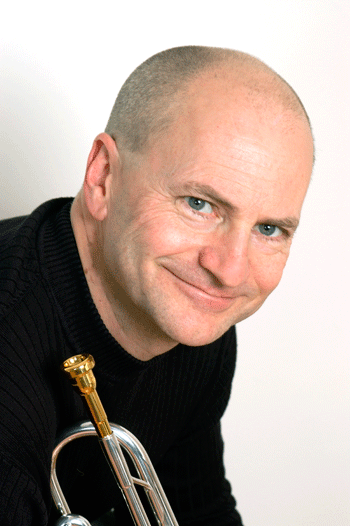It might seem odd to read a column about standing still in a magazine devoted to the marching arts. But it is good advice: You should strive to reduce or eliminate extraneous body movement when playing your instrument.
No Wasted Energy
Ralph Bowen, jazz saxophonist extraordinaire and professor at Rutgers University, demonstrated this vividly at a recent clinic for the University of Toronto jazz students. When Bowen plays, he stands incredibly still. Yet what comes out of his horn is spectacular: fantastic time, harmonic fluidity and technical virtuosity. He is fully in command of every aspect of the music and of his horn, yet he looks as if he is doing nothing at all! Ralph describes the process of playing the saxophone as nothing more than breathing into the instrument and moving the fingers. The music resides within him, and he transfers it to the horn with no wasted motion or energy.
As I observe students, I notice all sorts of body movement unrelated to playing the instrument: lifting one foot off the floor; swaying to and fro or side to side; scrunching the shoulders; clenching the elbows tight against the body; pointing the horn toward the floor or the ceiling. While these may be a reflection of focused creative energy, it does them no favors when it comes to actually producing sound on the instrument, which is job number one.
Mirror, Mirror
Like all physical activity, when you play your horn, certain muscles are involved; others are not. Tensing or activating muscles that are not needed for the task diminishes the end result. As you practice, stand in front of a full-length mirror and observe your body critically. Adopt the most correct posture you can muster and try to play in that position for a while. Feel that you are fully supporting your air yet still maintaining a feeling of relaxation; a relaxed body produces a more resonant sound.
In the practice room, ingrain proper playing habits, so that when it comes time to play, the mind is free to concentrate on the music rather than on the horn. Unless you are marching, stand still and play!
About the Author
Chase Sanborn is a jazz trumpet player based in Canada and the author of “Brass Tactics,” “Jazz Tactics,” “Tuning Tactics” and “Music Business Tactics.” He teaches at the University of Toronto and is a Yamaha Artist. Chase has just released his fifth CD, titled “Double Double.” Visit him on the web at www.chasesanborn.com.


